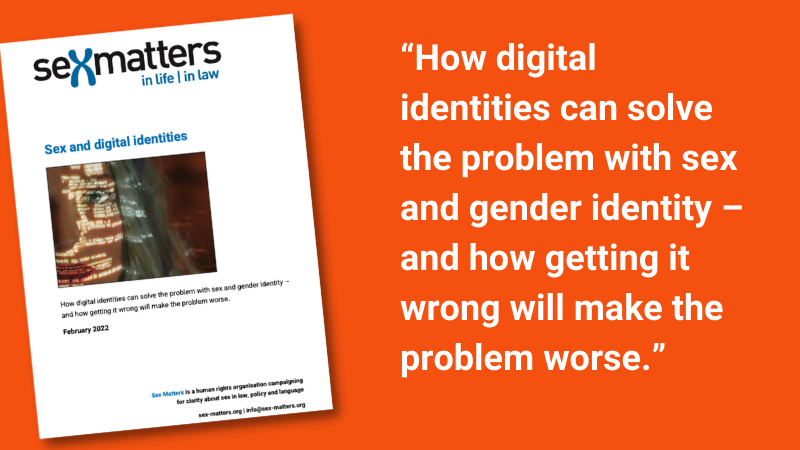A radically simpler system than gender self-ID
Critics of the Gender Recognition Act who call for gender self-identification say the current system is too much of an administrative burden. They are calling on the government to bring people together to find solutions.

We agree that the Gender Recognition Act 2004 is outdated. But rather than bringing more people into its administrative systems, fresh thinking is needed on how to protect everyone’s privacy and human rights.
The Gender Recognition Act was brought in to to protect the private lives and information of transsexuals, so they didn’t have to reveal their sex when asked to show their birth certificate. The solution that was adopted in 2004 – allowing people to change the sex recorded on their birth certificate and recognised “for all legal purposes” – is extreme, and has led to problems about defining sex which are still playing out in legal battles.
Those calling for self-ID want a much wider group of people (possibly a hundred times more people) to be able to change their birth certificate to show something else in place of their sex.
This would further undermine clarity about single-sex services and the concept of sex in law. Far better would be to develop a new system that protects everyone’s privacy without burdensome administration, and allows everyone to share accurate information about their sex (for example with healthcare providers) wherever it is needed.
The government is planning to develop a system for digital identities and attributes. This will be a data standard to enable public and private organisations to share and use trusted information about a person, but only when that person gives their consent for the particular piece of information (or “attribute”) to be shared.
For example, when you want to buy alcohol from the supermarket you have to share the information that you are over 18, but not necessarily your birth date, your name or anything else about you. When you go for a COVID vaccination the NHS asks lots of information from you, but when you show a QR code showing that you have been vaccinated, none of this information is shared with others.
In many situations a person’s sex is their own business, even if everyone can recognise it in person. (Similarly, if you are pregnant this does not give every organisation you deal with the right to write down and store this information about you, even if in person it is obvious when they meet you).
In situations where a person’s sex is not relevant to a particular transaction or interaction with officialdom, the person should be able to keep that information private (that is they don’t have to declare it as data. They can’t stop others perceiving it). This limited protection of private information is a human right.
Digital attributes and identities enable this human right to be respected, simply, easily and without medical diagnosis or administrative hurdles.
Today we are publishing our report on sex and digital identities. It argues that sex (male or female) should be defined as an attribute in the digital identity system and not confused with gender or gender identity. This would allow people who don’t want their sex known to simply choose not to share that data in any situation where it is not needed.
We argue if the sex and gender identity confusion is not solved for digital identities and attributes it could result in problems like the Y2K “Millenium Bug”.
The solution we propose is simple and helps everyone. Attributes such as what you look like, the name you go by, whether you prefer to be called Mr, Ms or Mx and even your preferred pronouns can be shared digitally, and be stored as self-identified attributes. There is no need for the government to regulate any of these aspects of personal identity, or to conflate these social cues with the fact of being male or female.
